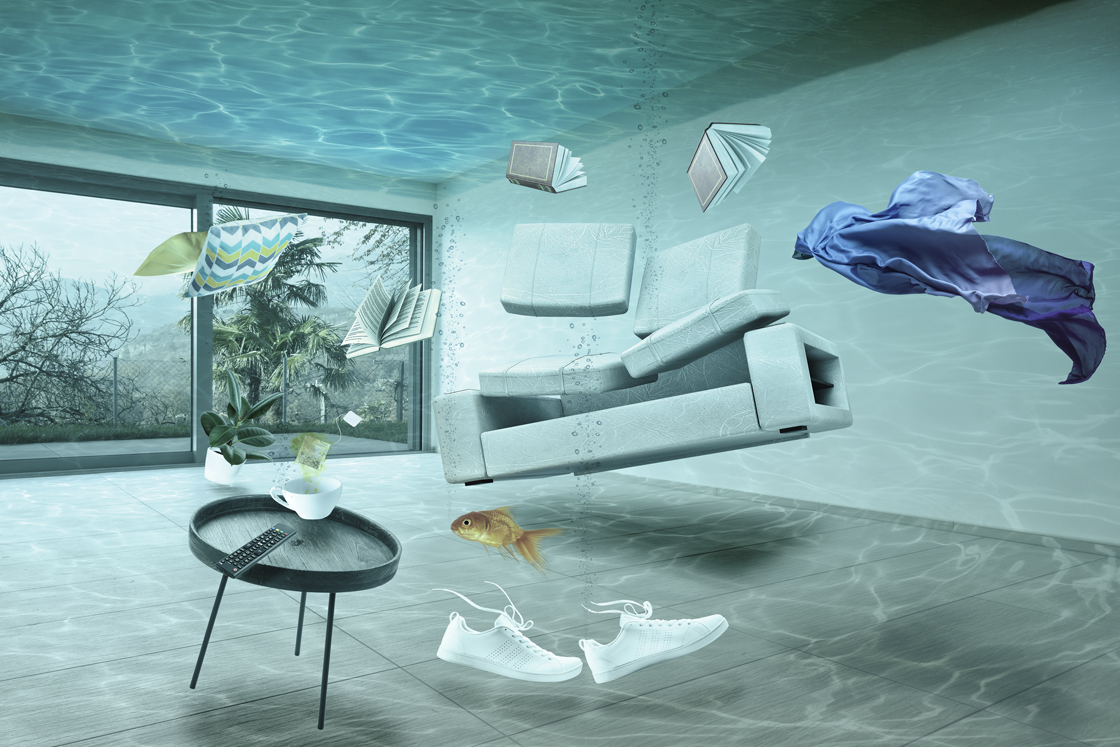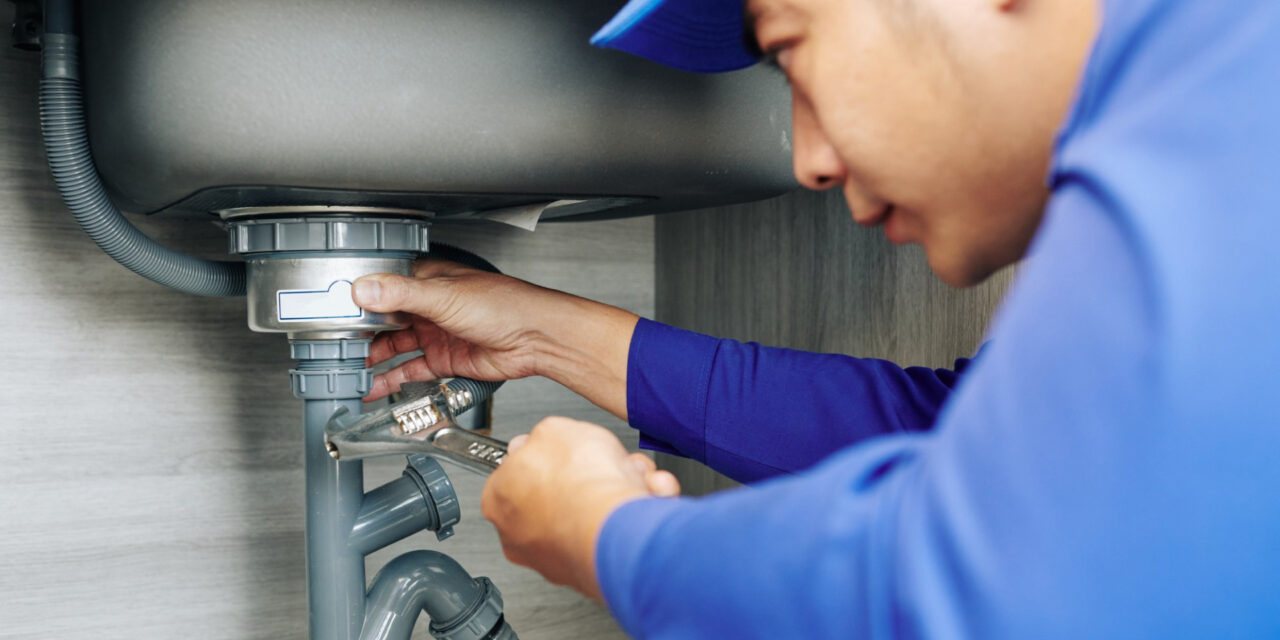Right here down the page you will discover a bunch of great additional info around Leaking water lines.

Early discovery of leaking water lines can alleviate a potential calamity. Some little water leakages might not be visible.
1. Take A Look At the Water Meter
Every residence has a water meter. Inspecting it is a proven way that assists you find leakages. For beginners, switch off all the water sources. Guarantee no one will certainly flush, use the faucet, shower, run the cleaning machine or dishwasher. From there, most likely to the meter as well as watch if it will certainly alter. Because no person is using it, there should be no motions. That suggests a fast-moving leakage if it relocates. If you detect no modifications, wait a hr or two and also examine back once more. This means you may have a slow-moving leakage that can even be underground.
2. Examine Water Consumption
Assess your water bills and also track your water intake. As the one paying it, you must observe if there are any type of discrepancies. If you detect sudden changes, regardless of your intake coinciding, it indicates that you have leaks in your plumbing system. Keep in mind, your water bill ought to fall under the very same array on a monthly basis. A sudden spike in your bill shows a fast-moving leak.
On the other hand, a steady rise each month, even with the very same behaviors, shows you have a slow-moving leakage that's also gradually rising. Call a plumber to thoroughly examine your property, particularly if you feel a warm area on your floor with piping below.
3. Do a Food Coloring Test
30% comes from commodes when it comes to water usage. Test to see if they are running appropriately. Decrease specks of food color in the container and also wait 10 minutes. There's a leakage between the container and bowl if the color somehow infiltrates your bowl during that time without flushing.
4. Asses Exterior Lines
Do not neglect to examine your exterior water lines too. Ought to water seep out of the connection, you have a loose rubber gasket. One little leak can lose bunches of water and increase your water bill.
5. Analyze the scenario as well as examine
Homeowners ought to make it a habit to inspect under the sink counters and even inside cabinets for any type of bad odor or mold and mildew development. These two red flags indicate a leakage so prompt attention is needed. Doing routine inspections, also bi-annually, can save you from a major trouble.
If you understand your residence is already old, keep a careful eye on your heaters, hoses, pipelines etc. Check for stainings and also deteriorating as many pipelines as well as appliances have a life span. They will certainly also naturally deteriorate as a result of tear and also wear. Do not wait for it to escalate if you presume leaking water lines in your plumbing system. Call a specialist plumber right now so you don't end up with a dreadful mess in your home.
Early discovery of dripping water lines can mitigate a potential catastrophe. Some small water leaks might not be noticeable. Examining it is a guaranteed method that helps you uncover leaks. One little leakage can lose lots of water and increase your water expense.
If you presume dripping water lines in your plumbing system, don't wait for it to rise.
WARNING SIGNS OF WATER LEAKAGE BEHIND THE WALL
PERSISTENT MUSTY ODORS
As water slowly drips from a leaky pipe inside the wall, flooring and sheetrock stay damp and develop an odor similar to wet cardboard. It generates a musty smell that can help you find hidden leaks.
MOLD IN UNUSUAL AREAS
Mold usually grows in wet areas like kitchens, baths and laundry rooms. If you spot the stuff on walls or baseboards in other rooms of the house, it’s a good indicator of undetected water leaks.
STAINS THAT GROW
When mold thrives around a leaky pipe, it sometimes takes hold on the inside surface of the affected wall. A growing stain on otherwise clean sheetrock is often your sign of a hidden plumbing problem.
PEELING OR BUBBLING WALLPAPER / PAINT
This clue is easy to miss in rooms that don’t get much use. When you see wallpaper separating along seams or paint bubbling or flaking off the wall, blame sheetrock that stays wet because of an undetected leak.
BUCKLED CEILINGS AND STAINED FLOORS
If ceilings or floors in bathrooms, kitchens or laundry areas develop structural problems, don’t rule out constant damp inside the walls. Wet sheetrock can affect adjacent framing, flooring and ceilings.
https://www.servicemasterbyzaba.com/blog/how-to-detect-water-leakage-in-walls/

As a devoted person who reads about Top leak detection hacks, I think sharing that section was worthwhile. You should take the time to share this content if you enjoyed it. We appreciate reading our article about Leaking water lines.
Immediate help? Contact.